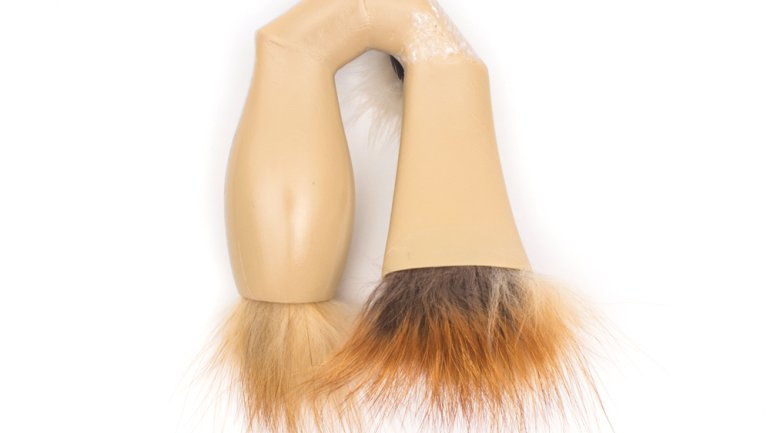Sum & Substance: Vincent Pontillo-Verrastro
Sum & Substance: Vincent Pontillo-Verrastro
Vincent Pontillo-Verrastro combines familiar materials, such as wood and fur, with a plastic used in 3D printing. He uses that unexpected juxtaposition, along with his distinctive forms, to cast new light on intimacy – the intimacy of ordinary tools such as brushes, the intimacy of jewelry. “I find Vincent’s work to be refreshing,” says Arthur Hash.
How he got started: I began making jewelry in my first high school metals class at Interlochen Arts Academy in Michigan. I was a music major focused on the trumpet, and taking metals as my first visual art class gave me a hint of metalsmithing and contemporary art jewelry.
His training: After high school, I attended CalArts for music but later received my BFA in metal/jewelry design from SUNY Buffalo State College. Most recently, I have completed an MFA in metalsmithing and jewelry design at Indiana University Bloomington.
How he describes his work: I have been researching the brush as a personal artifact. My MFA thesis exhibition, “Plume,” compared the ubiquitous experience of brushing with the intimacy inherent in jewelry, which touches the wearer and, in turn, asks to be touched.
What makes his work unique: Each of my works has been created by blending digital technologies and traditional handcraft techniques. Polylactic acid is a fascinating medium that relates directly to the manufacturing process of 3D printing yet behaves like wax when brought back in to the studio to manipulate. PLA is a biodegradable, compostable, 3D printing plastic that is originally derived from corn and soy. By altering the surface of each object, spinning PLA filament by hand to the thickness of hair, and working additively with a 3D pen, I attempt to reposition my work in a way that uses the properties of 3D printing to create a naturalesque and ambiguous surface.
Placing the naturalesque material alongside natural material such as wood and fur, I hope to engage my viewers in a way that provokes questions on materiality and discovery.
What’s next: I recently accepted a position as assistant professor of art metals at University of Wisconsin-Stout, where I have begun teaching with my colleague Masako Onodera.




